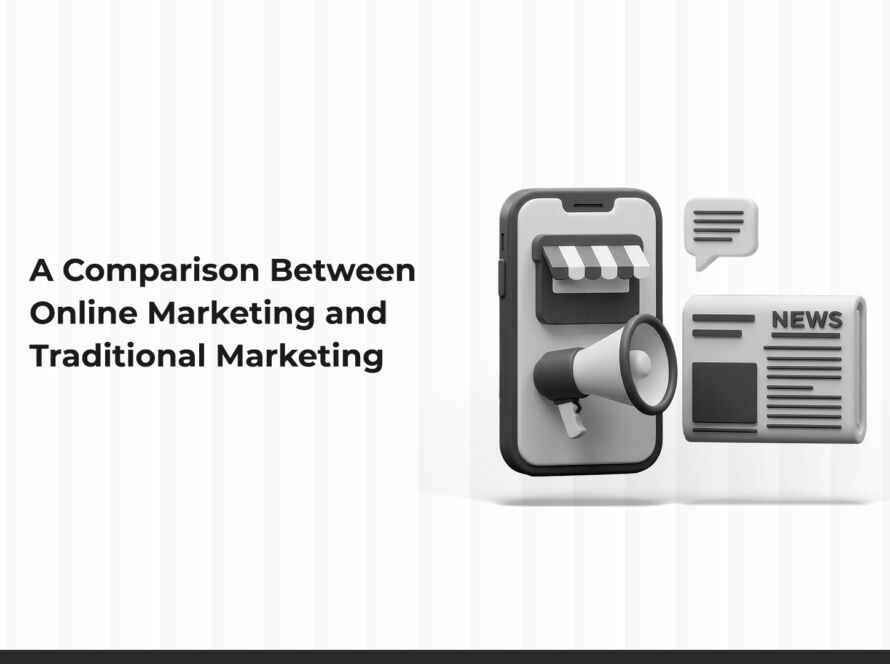In an era of rapid technological advancement and increasing market competition, automated marketing has become one of the essential tools companies rely on for growth and excellence. These strategies not only simplify marketing operations but also serve as effective means to boost efficiency and enhance productivity. In this article, we’ll explore how your company can benefit from automated marketing, with a focus on automation tools, AI in marketing, productivity enhancement, and content scheduling.
What Is Automated Marketing and Why Is It Important?
Automated marketing refers to the use of technology and software to automate repetitive marketing activities—such as email campaigns, social media scheduling, and ad campaign management. This process saves a great deal of time and effort for marketing teams, allowing them to focus on creative strategies and deeper customer relationships. Marketing automation tools are central to this process, helping reduce human error and ensuring that campaigns are executed with precision and effectiveness.
Key Benefits of Automated Marketing
1. Enhanced Productivity
One of the main advantages of automated marketing is improved productivity. By using automation tools, companies can streamline processes and ensure seamless integration between different systems. This saves time and supports more accurate strategic decisions. For instance, with content scheduling, you can plan posts in advance, reducing the daily workload of managing marketing campaigns.
2. Time and Cost Savings
By automating repetitive tasks, the burden on marketing teams is reduced, leading to lower operational costs. Investing in marketing automation tools is a strategic move that enhances the use of human resources, allowing teams to focus on creative and strategic tasks instead of routine operations.
3. Improved Accuracy and Targeting
Thanks to AI in marketing, companies can collect and analyze massive data sets in a short time. This helps in better understanding customer behavior and needs, enabling highly targeted campaigns. Automation tools also analyze performance and generate detailed reports to fine-tune strategies based on real results.
4. Enhanced Customer Experience
Automated marketing allows for more personalized customer interactions. For example, personalized emails with special offers and product recommendations based on purchase history and behavior strengthen the bond between the customer and brand, increasing loyalty and trust.
5. Higher Return on Investment (ROI)
By improving operations and efficiency, companies can achieve a higher ROI from their marketing investments.
The Role of Artificial Intelligence in Marketing
Artificial intelligence is revolutionizing how businesses interact with their customers. Through data analysis and machine learning, AI can provide personalized recommendations and insights into customer behavior, helping target the right segments with the right messages. For example, AI systems can analyze customer preferences and direct ad campaigns more effectively, resulting in higher conversion rates and better ROI.
Automated Marketing Strategies
1. Using Marketing Automation Tools
Popular tools like HubSpot and Mailchimp help manage campaigns, schedule content, and analyze performance. Using such tools can significantly improve operational efficiency.
2. Building a Comprehensive Customer Database
Success in automated marketing starts with a comprehensive database containing emails, purchase behaviors, and preferences. Analyzing this data using AI can reveal patterns and trends, helping create more targeted campaigns.
3. Content Scheduling Tools
Scheduling tools like Hootsuite or Buffer help plan social media posts in advance, ensuring brand consistency and optimal engagement. They also allow performance tracking and content interaction analysis to refine future strategies.
4. Utilizing Analytics and Reporting Tools
Marketing automation tools don’t just schedule content or send emails—they also offer performance analysis and detailed campaign reports. Analyzing these helps identify strengths and weaknesses, refine strategies, and maximize effectiveness.
5. Personalizing Campaigns with AI
AI can tailor marketing campaigns based on customer preferences and behavior. With continuous data analysis and machine learning, strategies can be updated in real-time to deliver more personalized and effective messaging.
6. Integrating Marketing Channels
For best results, automated marketing strategies should integrate with all company systems—websites, social media, email, etc.—providing a holistic view of marketing performance and enabling informed, strategic decisions.
How Can Your Company Start Using Automated Marketing?
1. Evaluate Your Current Marketing Setup
Start by assessing your current marketing strategy. Identify areas for improvement and tasks that consume significant time and effort. Some tasks, like email marketing or content scheduling, may be fully automatable.
2. Choose the Right Tools
Many automation tools exist with varying features and prices. Choose tools that suit your needs and budget, including email systems, content planners, and AI-powered analytics platforms.
3. Train Your Team and Foster a Culture of Innovation
The success of automation depends on your team’s ability to use these tools effectively. Provide training sessions and workshops and encourage a culture of innovation and continuous learning.
4. Create a Clear Strategic Plan
Once tools are selected, develop a strategic plan with defined goals and measurable KPIs. Outline implementation phases and assign responsibilities clearly to ensure efficient execution and regular performance tracking.
5. Monitor and Continuously Evaluate
Set up a system for continuous monitoring and evaluation. Use reports to assess campaign success and identify improvement areas. Incorporate feedback and make necessary adjustments to sustain long-term success.
Real-Life Examples of Automated Marketing
Example 1: Personalized Email Campaign
A company used marketing automation based on customer data analysis. AI tools segmented customers by behavior and preferences, leading to personalized email campaigns for each group. This significantly increased open and click rates—showing how automation boosts productivity and delivers measurable results with minimal manual effort.
Example 2: Social Media Content Management
Another company used a content scheduling platform to coordinate their social media marketing. Posts were scheduled at peak times, and analytics tools tracked engagement and audience preferences. This reduced manual effort and provided valuable insights for future campaigns.
Challenges and How to Overcome Them
1. Resistance to Change
Teams may resist adopting new technology. This can be mitigated by training sessions and workshops that demonstrate the benefits and ease of use of automation tools.
2. High Initial Investment
Upfront costs for automation tools can be high, especially for small businesses. However, when considering the long-term ROI and productivity gains, the investment often pays off. A cost-benefit analysis is crucial before implementation.
3. System Integration Issues
Integrating new automation tools with existing systems can be technically challenging. Choose compatible platforms and consider hiring IT consultants to ensure a smooth integration process.
4. Maintaining a Personal Touch
While automation offers efficiency, it’s important not to lose the human element in customer interactions. Striking a balance between automation and personalization is key.



